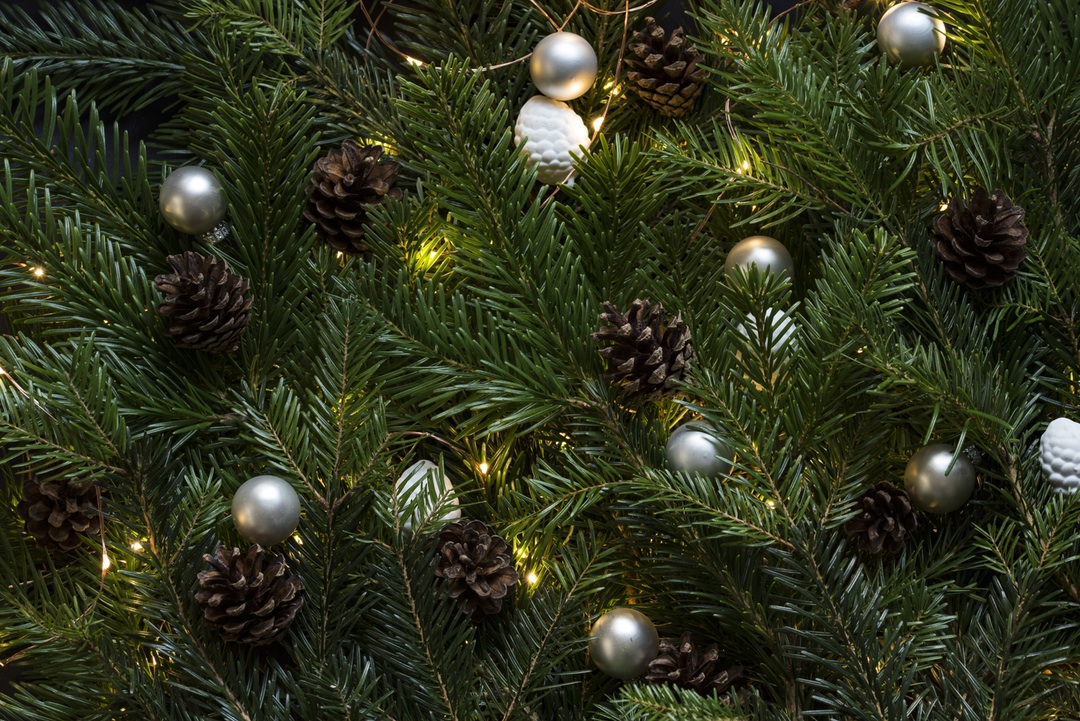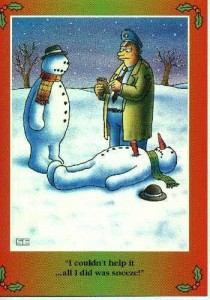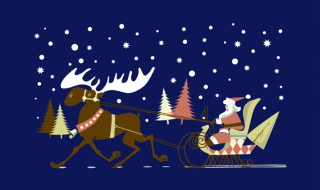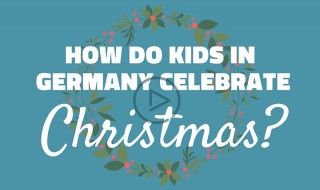
Continuing our look at how children around the world spend the festive season, 7 year old Isaacc wrote about how children in Spain celebrate Christmas.
Christmas is called Navidad in Spanish and is mostly about the birth of Jesús (pronounced ‘Ghe-zoos’). We have lived in Spain for four years, and Christmas is celebrated in a different way to how people celebrate in England. There is no snow (nieve) in Murcia, so no snowmen, or ‘muñecos de nieve’.
That doesn’t mean Spanish people don’t decorate with pretend snow and have images of snowmen around their houses. If we wanted, we could drive from home and see snow in the mountains of Sierra Nevada, about half an hour from Granada, Southern Spain.
Children in schools are told the story of the birth of Jesús, who was born in Belén which is Spanish for Bethlehem. The children in our local school hand make a huge Belén, like an extensive nativity scene, with tiny houses and farms. The focal point is Jesús in his manger with his mother Maria la Virgen and her husband, José. The story goes Jesús received gifts of pañales de lana– nappies made of wool- from two visiting pastores, and the traditional gold, frankincense and myrrh from Los tres Reyes Magos (the Three Magic Kings), who emerged from the desert in great splendour.
Each village, town and city will have its own Belén, which is normally on display from early December. People will often spend a lot of money buying handmade pieces for their own Nacimiento, literally meaning ‘birth’. Murcia has a famous craftsman, Jesus Griñan, who makes and sells pieces for Belenes.
There is a lot of competition between municipalities in Murcia, and some of the displays are fantastic, like this one from Santiago de la Ribera, taken January 6th 2015.

Larger Belénes will include a cagón, which has several (not always nice!) translations. Broadly speaking, it is a wimp or ‘chicken’, included to remind us that Jesús accepts all people, no matter who they are. The cagón is usually hidden amongst the other figures and can be a challenge to spot!
Christmas Eve, or Nochebuena, is a time to celebrate with family and people will come from far and wide to eat huge meals and chat and play games until the early hours of Christmas Day. Traditional sweets are eaten for pudding on Christmas Eve including turrones; nougat with honey, sugar, eggs and nuts in a large rectangular bar, and polvorón and mantecados; soft, crumbly shortbread mostly produced in Andalusia.
After dinner, many families attend a midnight Mass called “Misa del Gallo” (Mass of the rooster). After Mass, you are able to kiss the statue of baby Jesús and gather to sing villancicos – Christmas carols.
Los Reyes Magos bring gifts to the children at our local primary school just before the end of the Christmas term, and return in large parades known as the “Cabalgata de los Reyes Magos” (the Three Kings Cavalcade) on the night of January 5th. For a real sense of the level of noise and the atmosphere of these parades, which happen in almost every town across Spain, watch this video:
Children write notes to the Reyes Magos before Christmas, and usually only ask for something small. January 6th is Epiphany Day, or El día de los Reyes (The Day of the Kings).
On January 5th, children go to bed early, leaving milk or liquor for the Kings and water for their camels. Traditionally, children leave their shoes near the window. If they have been bad, they will be filled with coal, or carbon in Spanish. If children have behaved, The Reyes Magos deliver presents of sweets, chocolate and something you really want, much like Father Christmas!
 On January 6th, Spanish people eat “roscón de Reyes”, typically a large, soft cake with dried fruit and sometimes cream in the shape of a donut, with a paper crown to decorate. This cake will usually contain a bean, and whoever is unfortunate enough to find it must pay for the cake. Some roscónes also contain small ceramic figures of the kings. Here is mine from last year!
On January 6th, Spanish people eat “roscón de Reyes”, typically a large, soft cake with dried fruit and sometimes cream in the shape of a donut, with a paper crown to decorate. This cake will usually contain a bean, and whoever is unfortunate enough to find it must pay for the cake. Some roscónes also contain small ceramic figures of the kings. Here is mine from last year!
New Year, or Nochevieja, is celebrated not with the countdown itself, like in England. Instead, Spanish people try to eat one grape for each of the strokes of midnight. If you can do this, it is said you will have a lucky new year. It is very difficult indeed!





Well done Isaacc! A fantastic article! Feliz Navidad!
That was really interesting, it sounds a bit different to how we celebrate Christmas here. 🙂